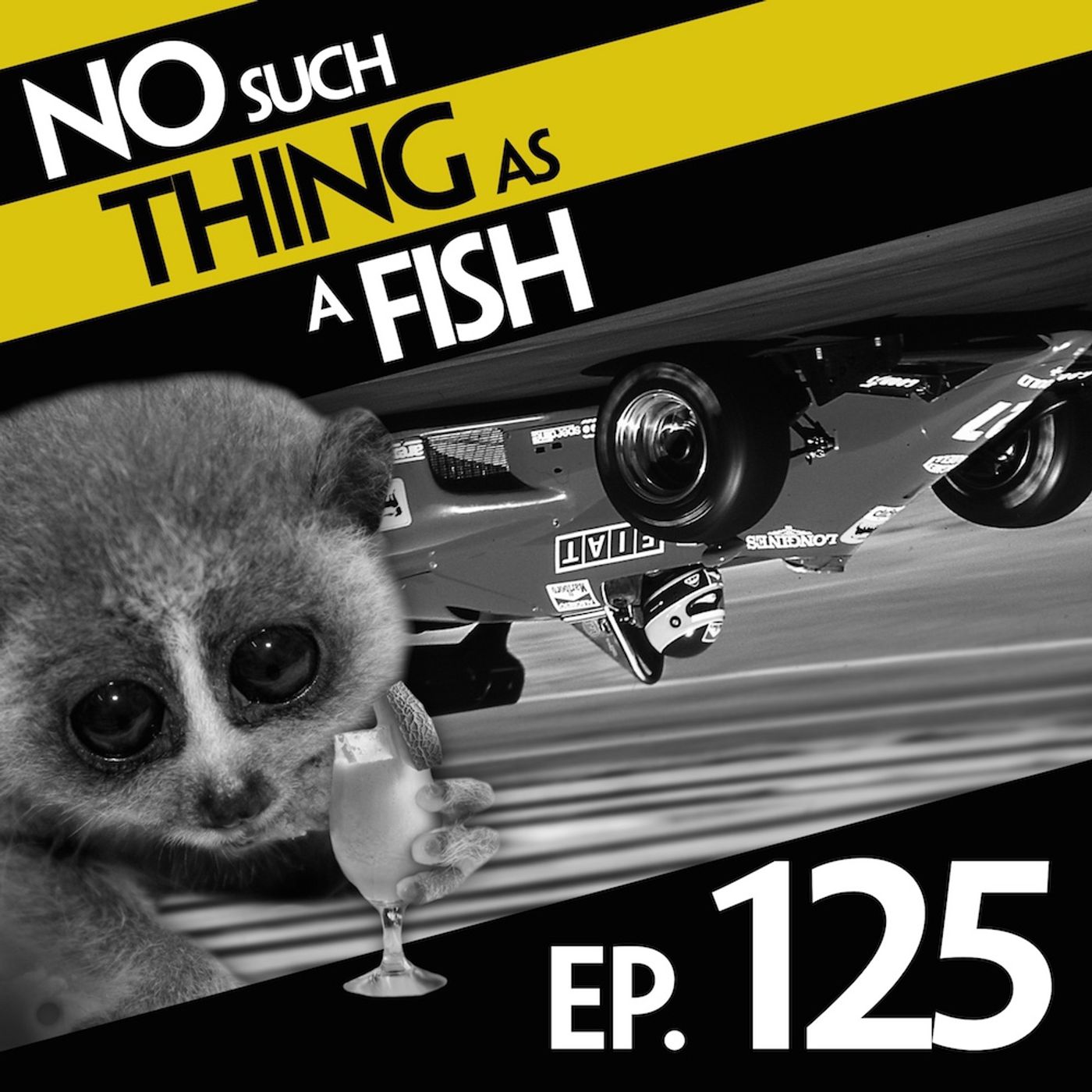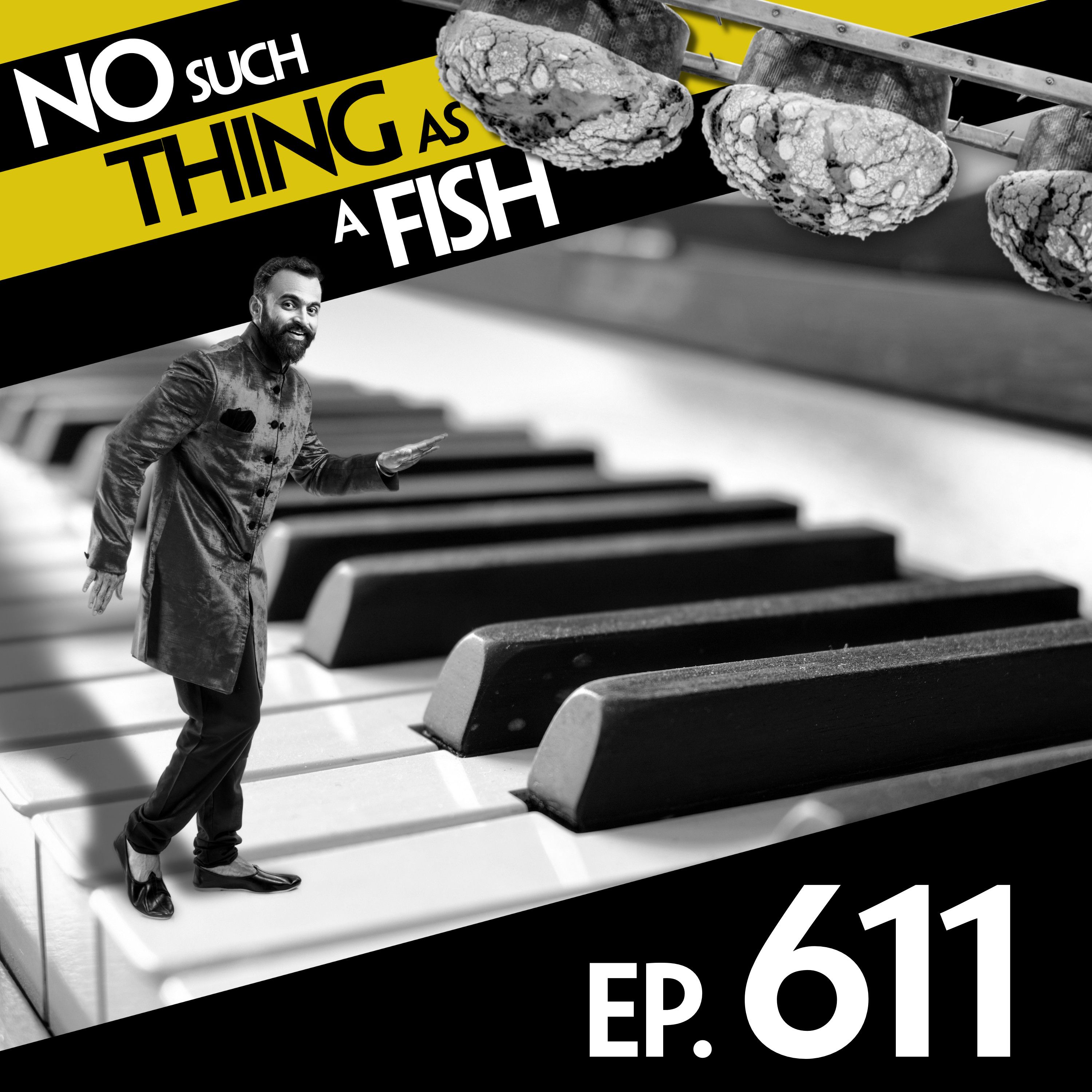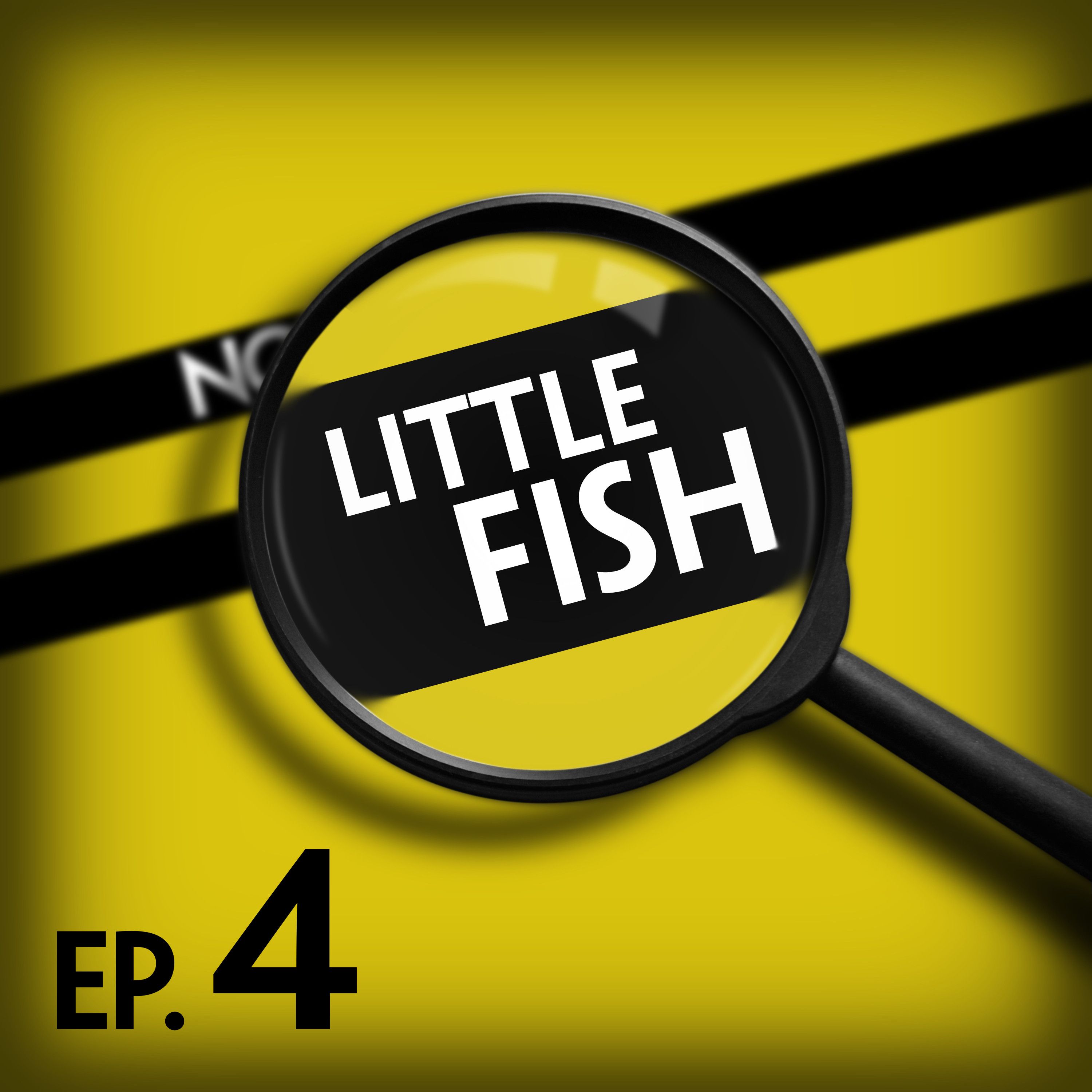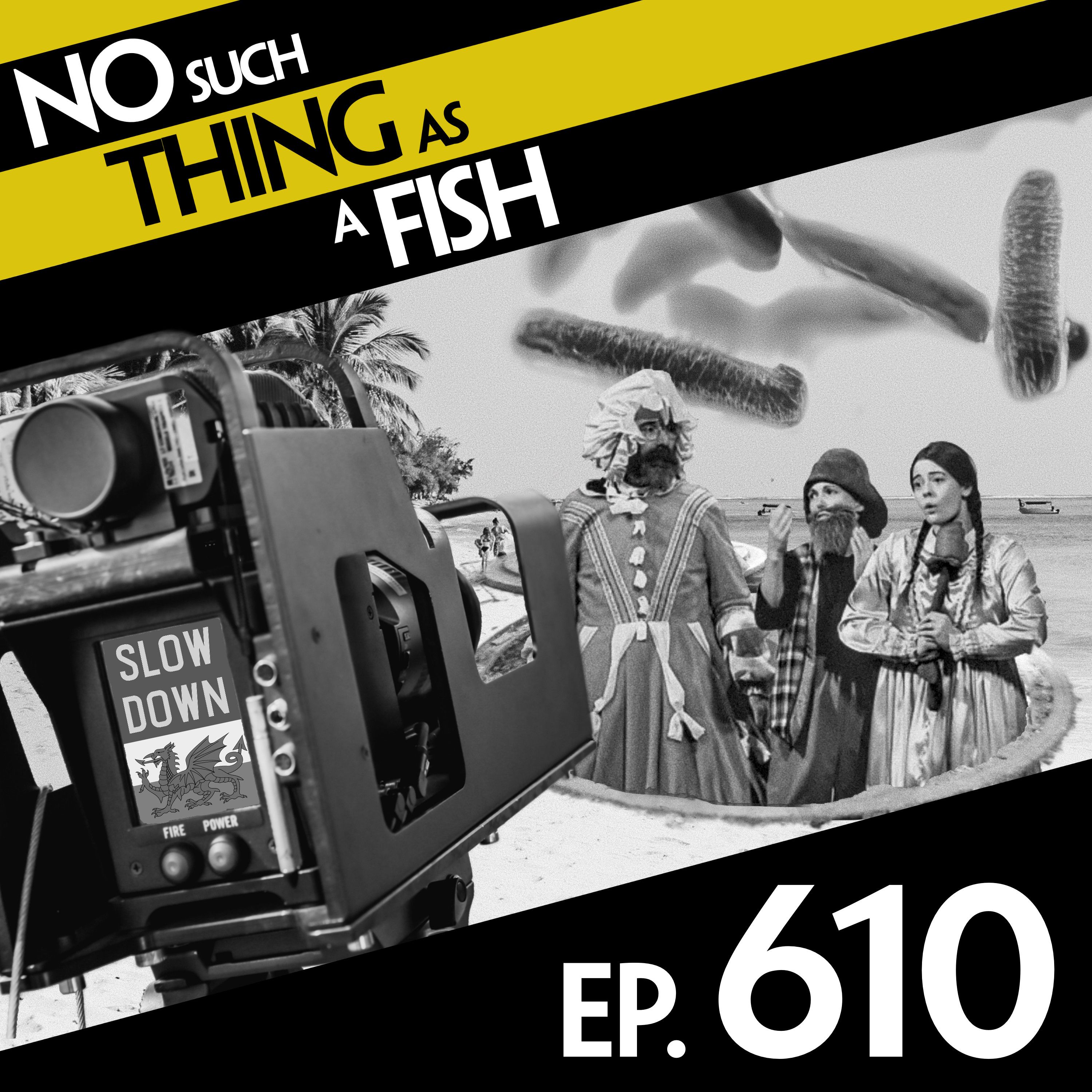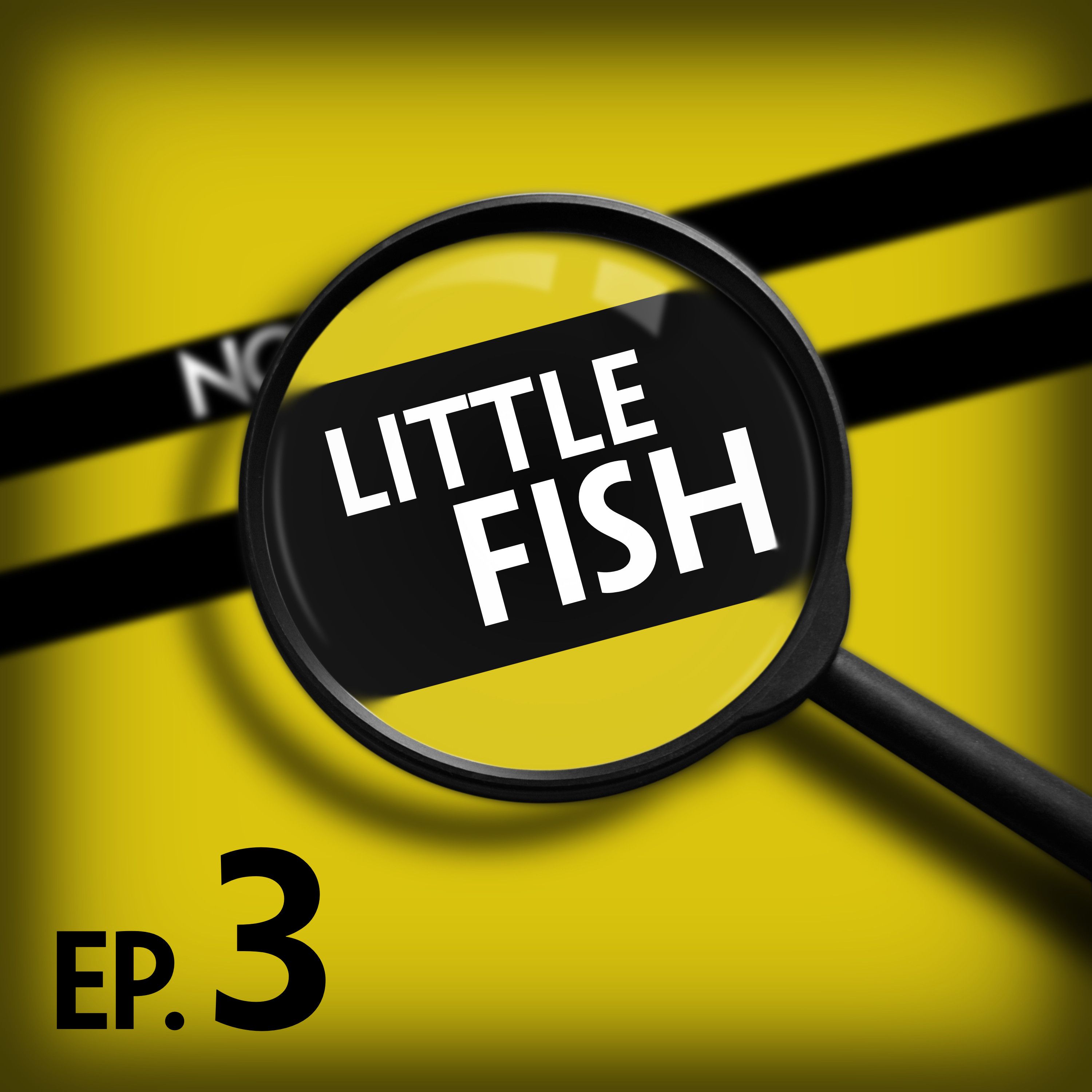125: No Such Thing As An Upside-Down Grand Prix
Dan, James, Anna and Andy discuss forte-pianos, spring-loaded hairstyles, and the not-so-gentle lemur.
Press play and read along
Transcript
Transcript is processing—check back soon.
No Such Thing As A Fish — 125: No Such Thing As An Upside-Down Grand Prix
